There is nothing magical or mystical about that combination. Implementers needed a means by which to determine if the first sector of a device was bootable (boot signature) and that combination occurring in the last two bytes of a sector is so improbable, is why it was chosen.
Similarly, SMBIOS entry point can be found scanning BIOS for _SM_ signature that must be on an segment boundary like this;
Find_SMBIOS:
push ds
push bx ; Preserve essential
push si
; Establish DS:BX to point to base of BIOS code
mov ax, 0xf000
mov ds, ax ; Segment where table lives
xor bx, bx ; Initial pointer
mov eax, '_SM_' ; Scan buffer for this signature
; Loop has maximum of 4096 interations. As table is probably at top of buffer, cycling
; though it backwards saves time. In my test bed, BOCH's 2.6.5 BIOS-bochs-latest it was
; 1,451 interations.
.L0: sub bx, 16 ; Bump pointer to previous segment
jnz .J0
; Return NULL in AX and set CF. Either AX or flag can be tested on return.
mov ax, bx
stc
jmp .Done
; Did we find signature at this page
.J0: cmp [bx], eax
jnz .L0 ; NZ, keep looking
; Calculate checksum to verify position
mov cx, 15
mov ax, cx
mov si, bx ; DS:SI = Table entry point
; Compute checksum on next 15 bytes
.L1: lodsb
add ah, al
loop .L1
or ah, ah
jnz .L0 ; Invalid, try to find another occurence
; As entry point is page aligned, we can do this to determine segment.
shr bx, 4
mov ax, ds
add ax, bx
clc ; NC, found signature
.Done:
pop si
pop bx ; Restore essential
pop ds
ret
That signature is easily identifiable in a hex dump and it fits into a 16 bit register. Where those two criteria precipitating factors, I don't know, but again, the probability of 0x5f4d535f appearing on an even 16 byte boundary is very unlikely.
